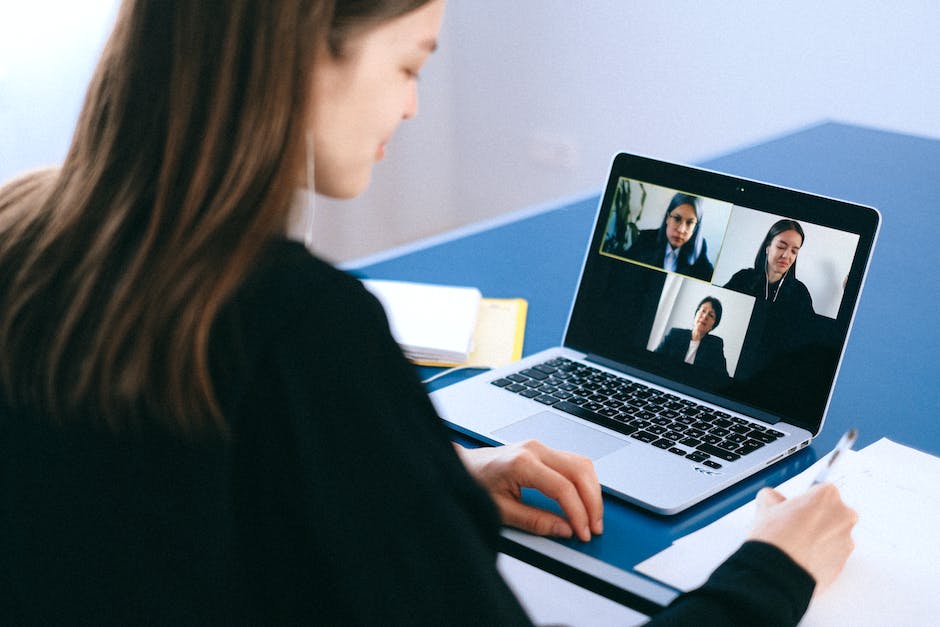Client Video Calls: Best Practices

Video calls have become a significant part of our professional lives. With the rise of remote work, facilitated by the recent pandemic, video calls are the new face-to-face meetings. For freelancers, client video calls are an essential part of communication, establishing relationships, and driving project progress. Therefore, understanding the best practices for conducting effective and efficient video calls is not just an advantage, but a necessity in today’s freelance market.

The Significance of Effective Video Calls
Have you ever thought about how a video call can shape a client’s impression of you as a freelancer? Effective video calls can indeed make a significant impact. They reflect your professionalism, preparedness, and communication skills. A well-conducted video call can enhance your client’s confidence in you and your abilities, which is essential in building a strong working relationship.
Initial Preparations for Video Calls
Now, let’s talk about the groundwork. A smooth video call starts with good quality equipment. Investing in a decent microphone and camera can significantly improve your call quality, ensuring that your voice is clear and your video is sharp. But it doesn’t stop there. What about your background? Make sure it’s clean and free of distractions, and ideally, it should look professional. And of course, a stable internet connection is a must. We all know how disruptive an unstable connection can be to a video call.
Setting the Agenda for the Call
When it comes to client video calls, preparation is key. A major component of this preparation is setting a clear and concise agenda. Having an agenda not only ensures that all necessary points are covered, but it also contributes to the overall efficiency of the call. It gives the conversation a sense of direction and prevents it from veering off into unproductive tangents. But what does a good video call agenda look like?
Points to Include in the Agenda
There are a few key points that you should always aim to include in your agenda. First and foremost, you should clearly state the objective of the call. This sets the tone for the discussion and helps all participants understand what needs to be accomplished. Next, you should outline the topics that will be discussed. This could include project updates, feedback, or next steps. Finally, it’s useful to allot specific time frames for each agenda item. This ensures that no single topic dominates the conversation and that all points receive adequate attention.
Sharing the Agenda with the Client
Once the agenda is set, it’s important to share it with the client well before the call. This gives them an opportunity to prepare their own thoughts and contributions, making the call more collaborative and productive. It also allows the client to suggest any additions or changes to the agenda, ensuring that their needs and concerns are adequately addressed.
Proper Etiquette for Video Calls
Professionalism doesn’t just apply to in-person meetings – it’s equally important during video calls. There are a few key guidelines to remember to maintain a high level of professionalism. First, ensure that all potential distractions are turned off. This includes phone notifications and other background noise. Second, be mindful of your body language. Even though you’re not in the same room as your client, they can still see and interpret your non-verbal cues. Finally, respect your client’s time and ensure the call starts and ends as scheduled.
Ensuring Clear Communication During the Call
Clear and effective communication is the backbone of successful video calls. As a freelancer, it’s crucial that you can articulate your thoughts and ideas in a concise and understandable manner. But how can you achieve this?
One way is to ensure that you speak clearly and at a moderate pace. It’s easy to rush when you’re nervous or eager to get your point across, but this can make it harder for the client to understand you. So, slow down, enunciate your words, and use simple language.
Visual aids or screen sharing can also be extremely useful in ensuring clear communication. If you’re discussing a complex concept or showing a detailed design, being able to visually illustrate your point can be invaluable. However, remember to ask for permission before sharing your screen.
Finally, it’s important to confirm understanding. After explaining a point or presenting an idea, ask the client if they have any questions or need any points clarified. This can help ensure that everyone is on the same page and prevent misunderstandings down the line.
| Tip | Importance |
|---|---|
| Speak clearly and at a moderate pace | Ensures the client can understand you easily |
| Use visual aids or screen sharing | Helps illustrate complex concepts or designs |
| Confirm understanding | Prevents misunderstandings and ensures everyone is on the same page |
Navigating Technical Difficulties
Even with the best preparation, technical difficulties can still occur. These can range from poor audio quality to connection issues, and can disrupt the flow of your video call. But how can you navigate these challenges?
Firstly, it’s important to have a basic understanding of how to troubleshoot common problems. This could be as simple as knowing how to adjust your microphone settings, or how to reconnect if your internet connection drops out.
However, even with this knowledge, not all issues can be resolved on the spot. In these situations, it’s important to handle the situation with grace and professionalism. Apologize for the inconvenience, provide an estimate of when you’ll be able to resolve the issue, and offer to reschedule the call if necessary. Remember, how you handle these challenges can leave a lasting impression on your client.

Follow up After the Call
Just as important as the video call itself is the follow-up after the call. Following up not only helps to ensure that everyone is on the same page, but also communicates to the client that you value their time and the discussions that took place.
One of the most effective ways to follow up is to send a summary of the discussion. This can include key points, decisions made, and any action items. Additionally, if there were any materials or resources discussed during the call, be sure to send these along as well.
Continual Improvement
Mastering client video calls is not a one-time event, but a process of continual improvement. This is particularly important as technology evolves and new best practices emerge.
One method of improving your video call skills is to seek feedback from clients. While it might be uncomfortable to ask, this feedback can be invaluable in identifying areas for improvement. Another strategy is to watch recorded calls and evaluate your own performance. Look for things like how often you are speaking, your body language, and how well you handle unexpected issues.
Key Takeaways
- Video calls are a vital form of communication in today’s freelance market.
- Preparation is key, including setting a clear agenda and ensuring good quality audio and video.
- Professionalism during the call is crucial, including clear communication and handling technical difficulties with grace.
- Follow-up after the call is important to ensure everyone is on the same page.
- Continual improvement of video call skills can enhance your professionalism and effectiveness.
Final Thoughts
Mastering client video calls is more than just a nice-to-have skill for freelancers; it’s a necessity. It can significantly impact client relationships and, ultimately, your success as a freelancer. So why not take the time to improve?
Resources for Further Learning
- “Introduction to Public Speaking” on Coursera
- “The Art of Effective Communication: Master Social Skills and Small Talk, Develop Charisma, Attract Friends, Captivate People and Be Irresistible – EFFORTLESSLY” by Ronald A. Valentino (Book)
- “The Complete Communication Skills Master Class for Life” on Udemy
Get Organized & Win More Clients
Kosmo has everything you need to run your freelancing business.